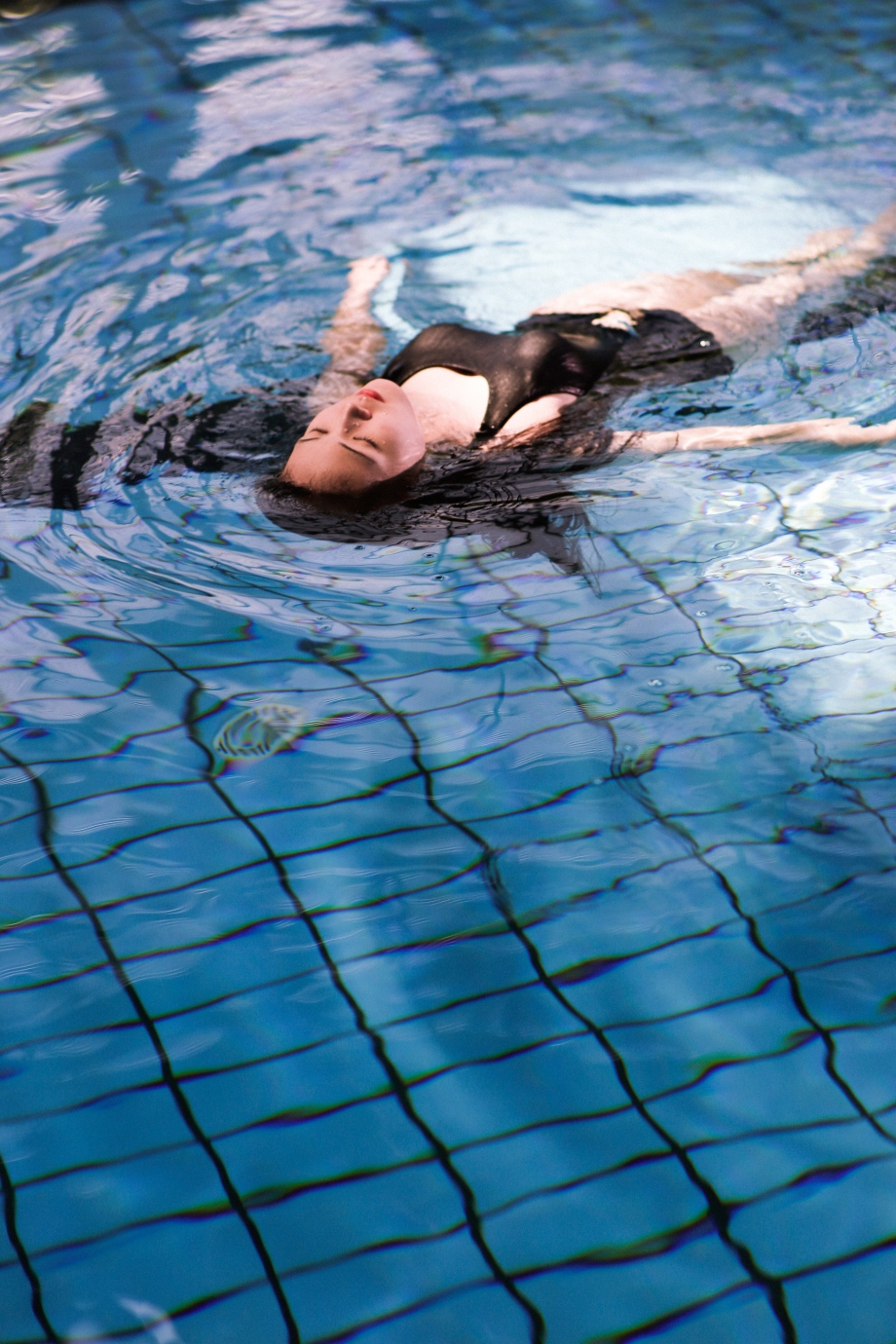Homepage / News Details
Shocking Your Pool with Calcium Hypochlorite
- Categroy:News
- Author:
- Origin:
- Release Time:2020-06-30 15:21
- Views:
【Summary】Shocking Your Pool with Calcium Hypochlorite
Shocking Your Pool with Calcium Hypochlorite
【Summary】Shocking Your Pool with Calcium Hypochlorite
- Categroy:News
- Author:
- Origin:
- Release Time:2020-06-30 15:21
- Views:
 Every pool is different, so the exact procedure for using this super-sanitizer will vary depending on pool size and the specific product you use. But cal hypo is easy to use, and it’s hard to go wrong with a straightforward approach.
Every pool is different, so the exact procedure for using this super-sanitizer will vary depending on pool size and the specific product you use. But cal hypo is easy to use, and it’s hard to go wrong with a straightforward approach.
Note: Always follow the storage and usage directions that accompany cal hypo or any other sanitizer.
To shock your pool with calcium hypochlorite:
- Gather your supplies.
- Put on your safety gear.
- Test your pool water for FC, TC, and CC. If you have hard water, keep a close eye on your calcium levels so you can avoid excess scaling and potential hardware problems.
- Calculate how much calcium hypochlorite to add. You’ll likely find a chart or guide on the package to tell you how much shock to use, but you can also use the amount you calculated if you did the math beforehand.
- Fill your bucket about ¾ of the way with warm water.
- One pound at a time, add the calcium hypochlorite to the bucket. Stir it gently until the sanitizer is completely dissolved.
- Walk around your pool, pouring the mixture into the water slowly and evenly. If you have any granules remaining in the bucket, dunk the bucket into the pool and swish it gently to dissolve them, then continue walking and pouring.
- Plan on staying out of the pool for at least eight hours to avoid irritating your skin and eyes or ruining your swimsuit. Since you’ll be shocking at dusk, this should be pretty easy, but take extra care to keep pets, children, and any freeloading neighbors away while the calcium hypochlorite works its magic.
Releate News

Time of issue : 2024-04-22 08:56:03

Time of issue : 2024-04-15 16:52:27

Time of issue : 2024-04-09 10:13:04
CONTACT US
PRODUCTS
CALCIUM HYPOCHLORITE
TCCA
SDIC
BCDMH
FEEDBACK
© 1999-2018 北京网站建设有限公司 Copyright © 2012-2022 All Rights Reserved Powered by www.300.cn 冀ICP备12012949号 津公网安备 12010302002173号 Seo tag

